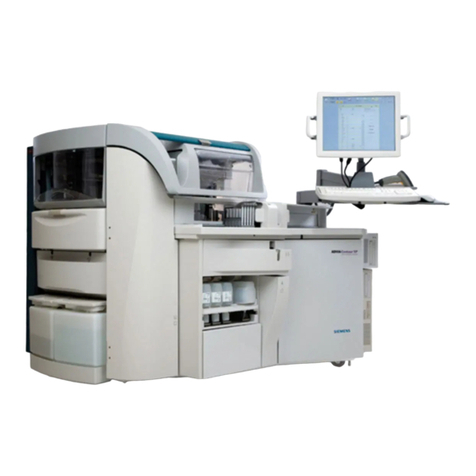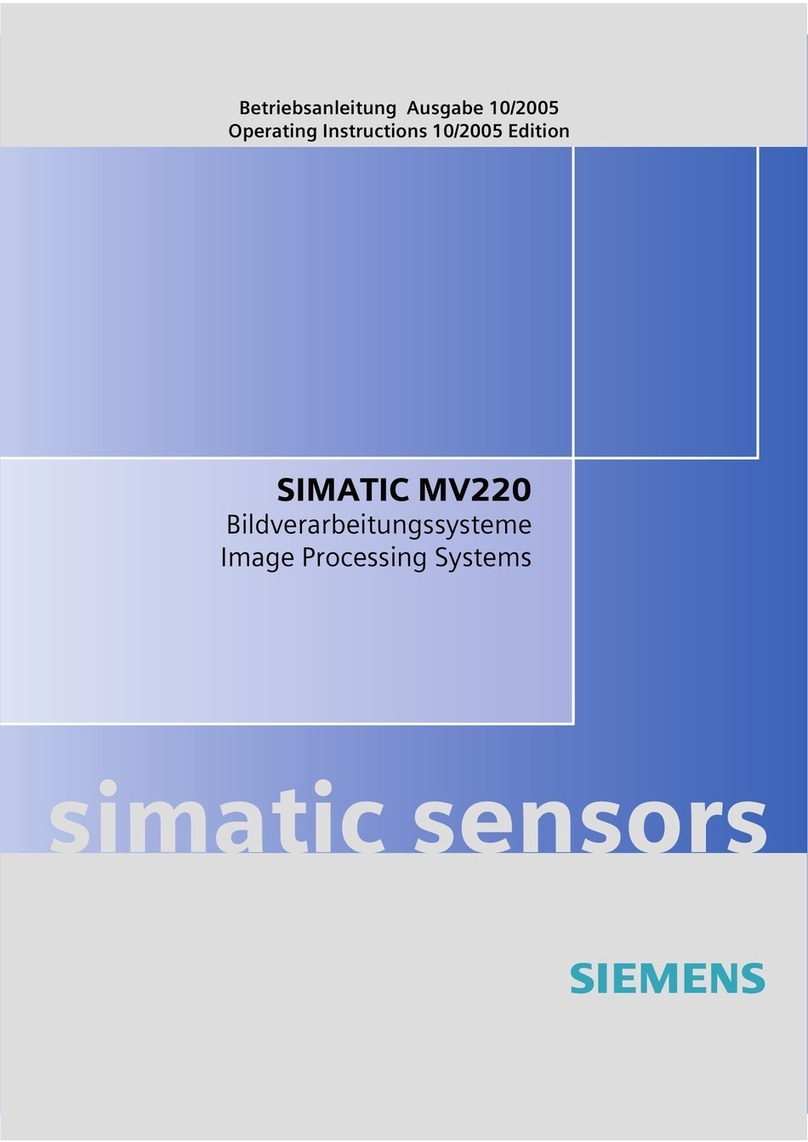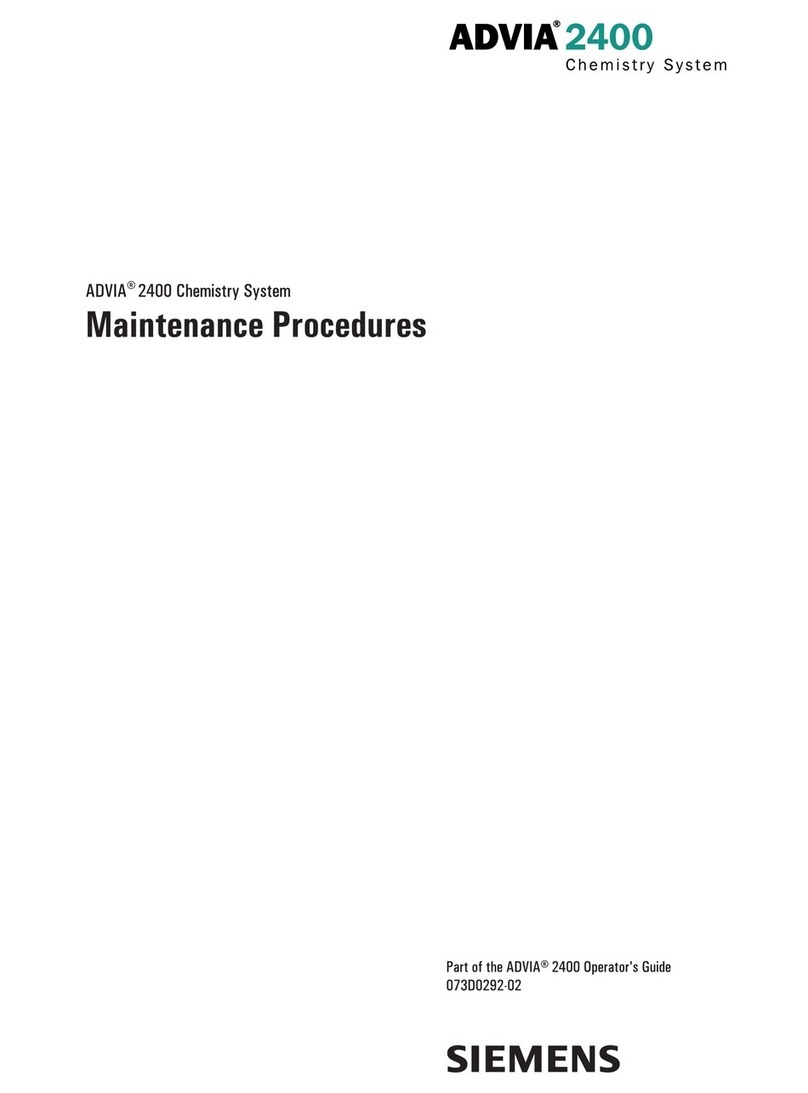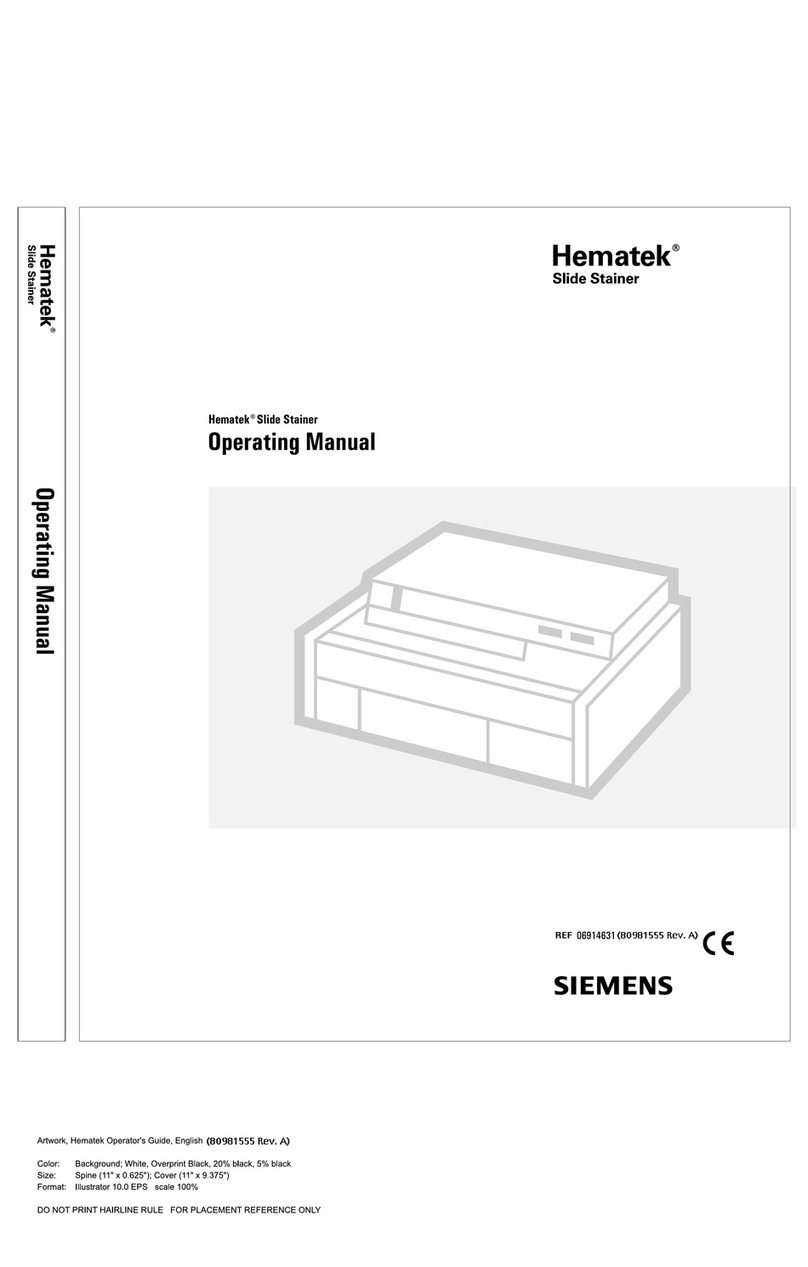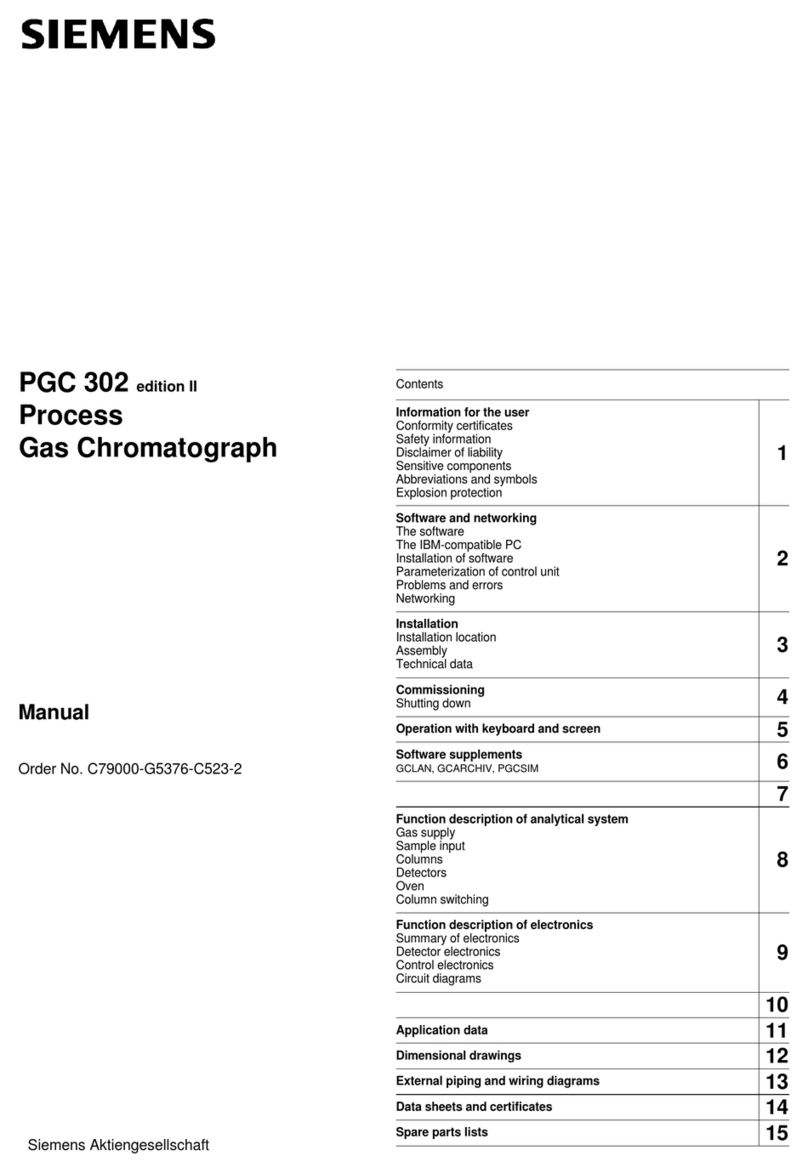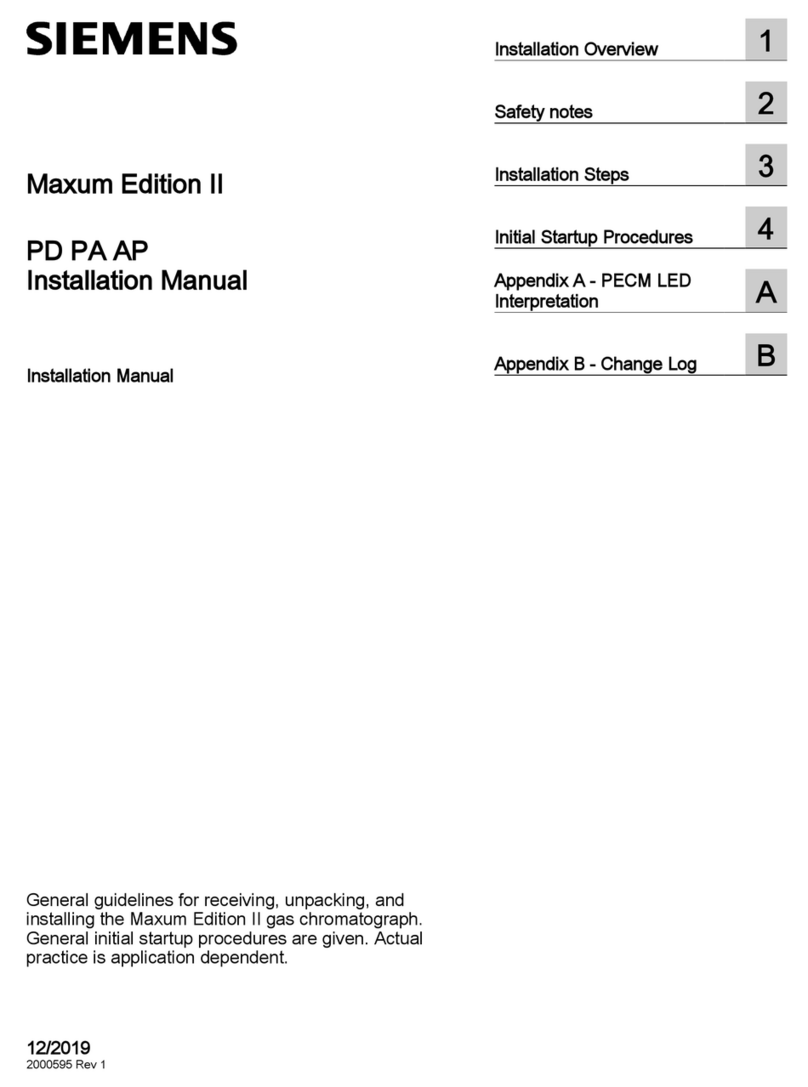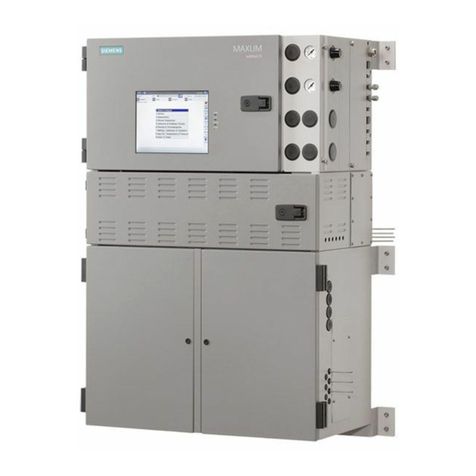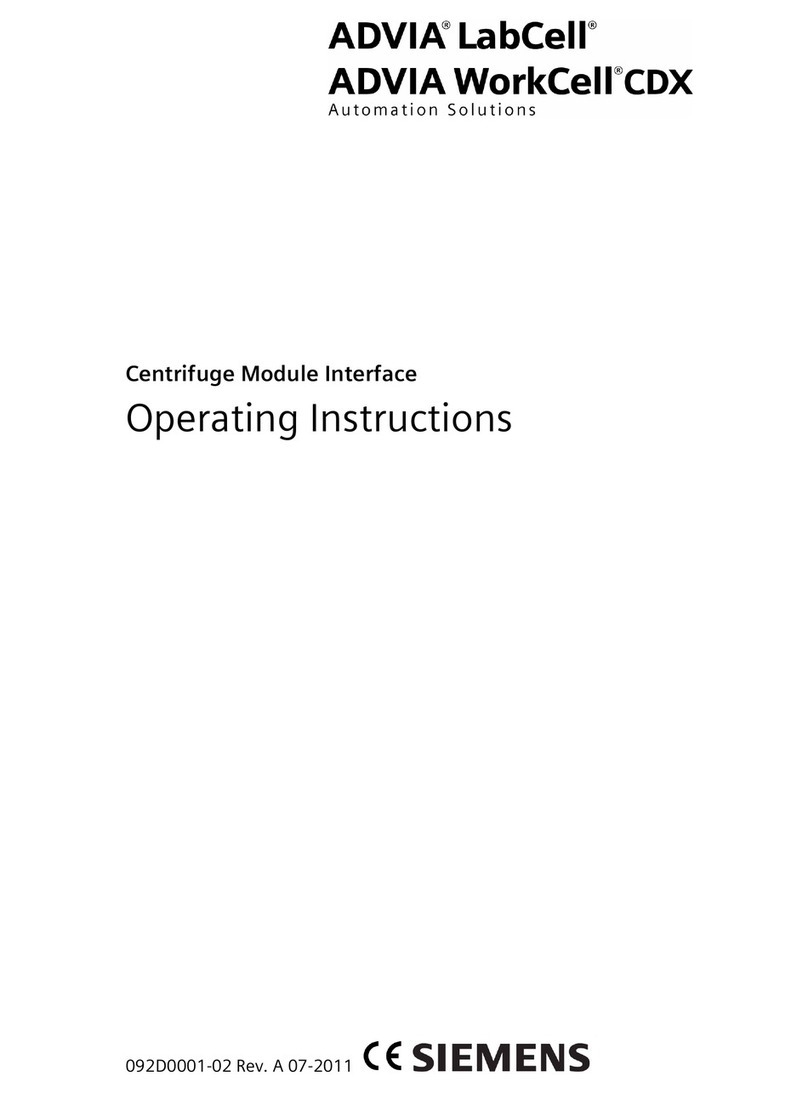
810-1734-00 Rev A GAS-Guard 8 and GAS-Guard 3 Operations and Maintenance Guide
1 of 18
Table of Contents
Introduction..............................................................................................................................................................3
Product Symbols......................................................................................................................................................4
Operation..................................................................................................................................................................5
Calibration ............................................................................................................................................................5
Alarm Settings......................................................................................................................................................5
New transformers or transformers with no previous gas data:.................................................................................6
Transformers with a stable gassing history:.................................................................................................................6
Gassing Transformers which have been degassed:.....................................................................................................7
Transformers with an unstable gassing history which have not been degassed: ...................................................7
Viewing GAS-Guard Data..................................................................................................................................7
Front panel lights (Indicators) ...........................................................................................................................8
Turning the GAS-Guard On/Off ......................................................................................................................9
Manual DGA Sampling ....................................................................................................................................10
Operational Parameters ....................................................................................................................................10
Maintenance ...........................................................................................................................................................11
Helium and Verification Gas ...........................................................................................................................11
Helium Gas .....................................................................................................................................................................11
Helium Dryer..................................................................................................................................................................11
Helium Cylinder and Dryer Removal and Replacement..........................................................................................11
Verification Gas ..............................................................................................................................................................13
Verification Gas Cylinder Removal and Replacement..............................................................................................13
Leak Check Fittings ...........................................................................................................................................14
Replacing Fuses..................................................................................................................................................14
Oil Filter Service.................................................................................................................................................15
Customer Replaceable Units (CRU’s).............................................................................................................16
Cleaning ..............................................................................................................................................................16
Internal Cleaning............................................................................................................................................................ 16
External Cleaning...........................................................................................................................................................16
Return Shipping Instructions...............................................................................................................................17
Forms.......................................................................................................................................................................18
Verification Cylinder Data Sheet.....................................................................................................................18
Table of Figures
Figure 1: Siemens GAS-Guard...............................................................................................................................3
Figure 2: Oil shut off valve.....................................................................................................................................9
Figure 3: DGA sample port ..................................................................................................................................10
Figure 4: Installed verification cylinder..............................................................................................................14
Figure 5: Filter assembly.......................................................................................................................................15
Figure 6: Internal foam support...........................................................................................................................17
